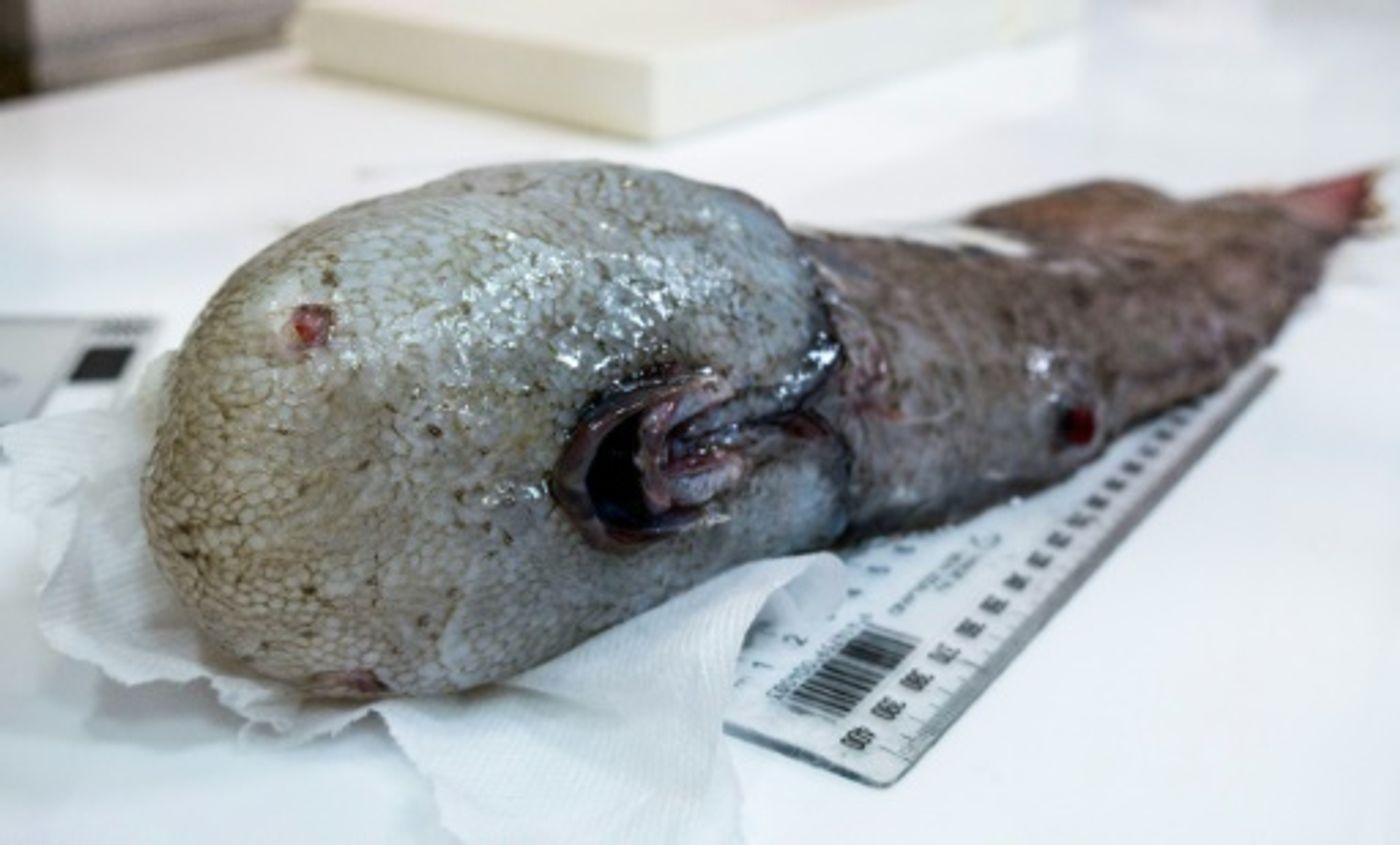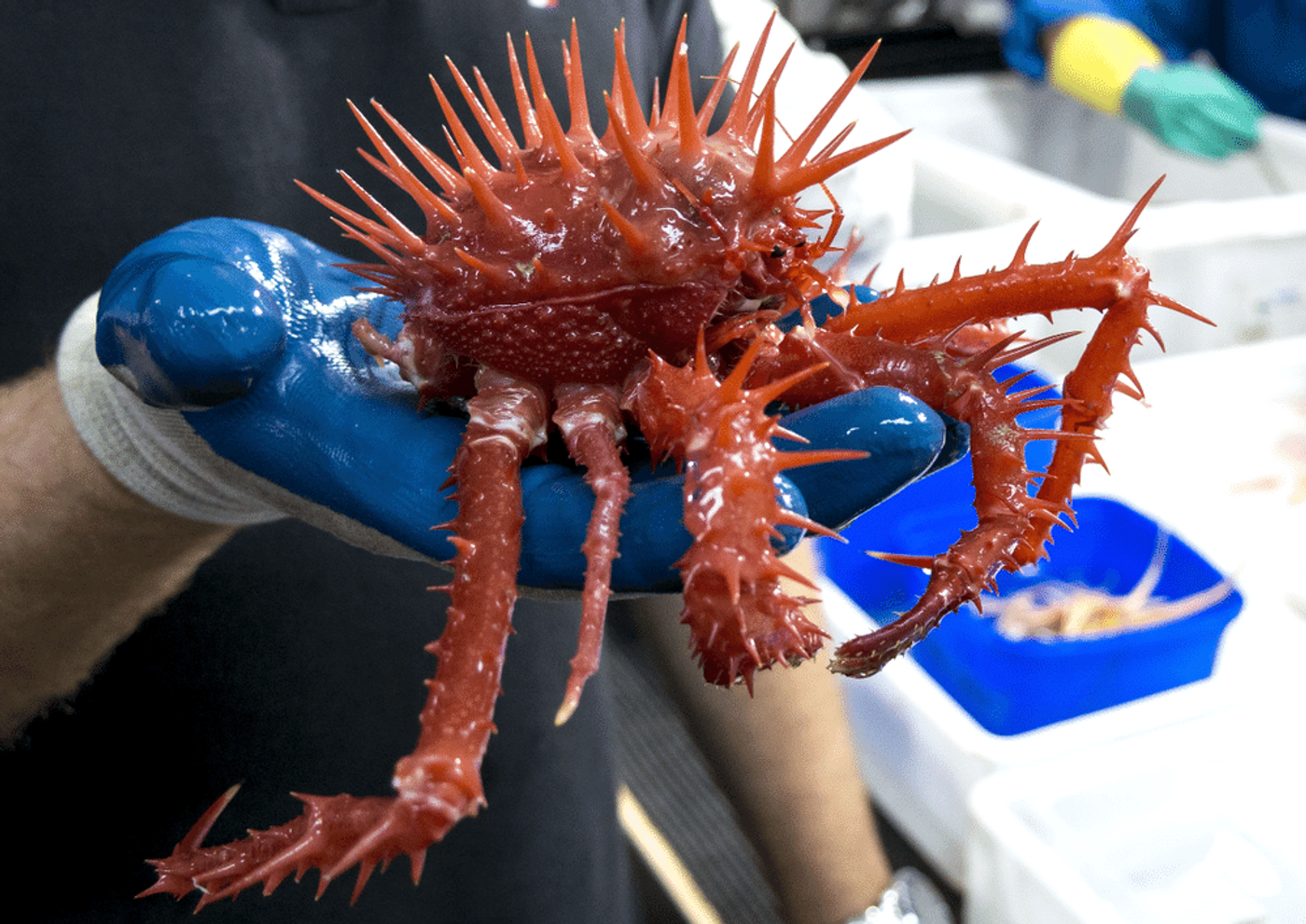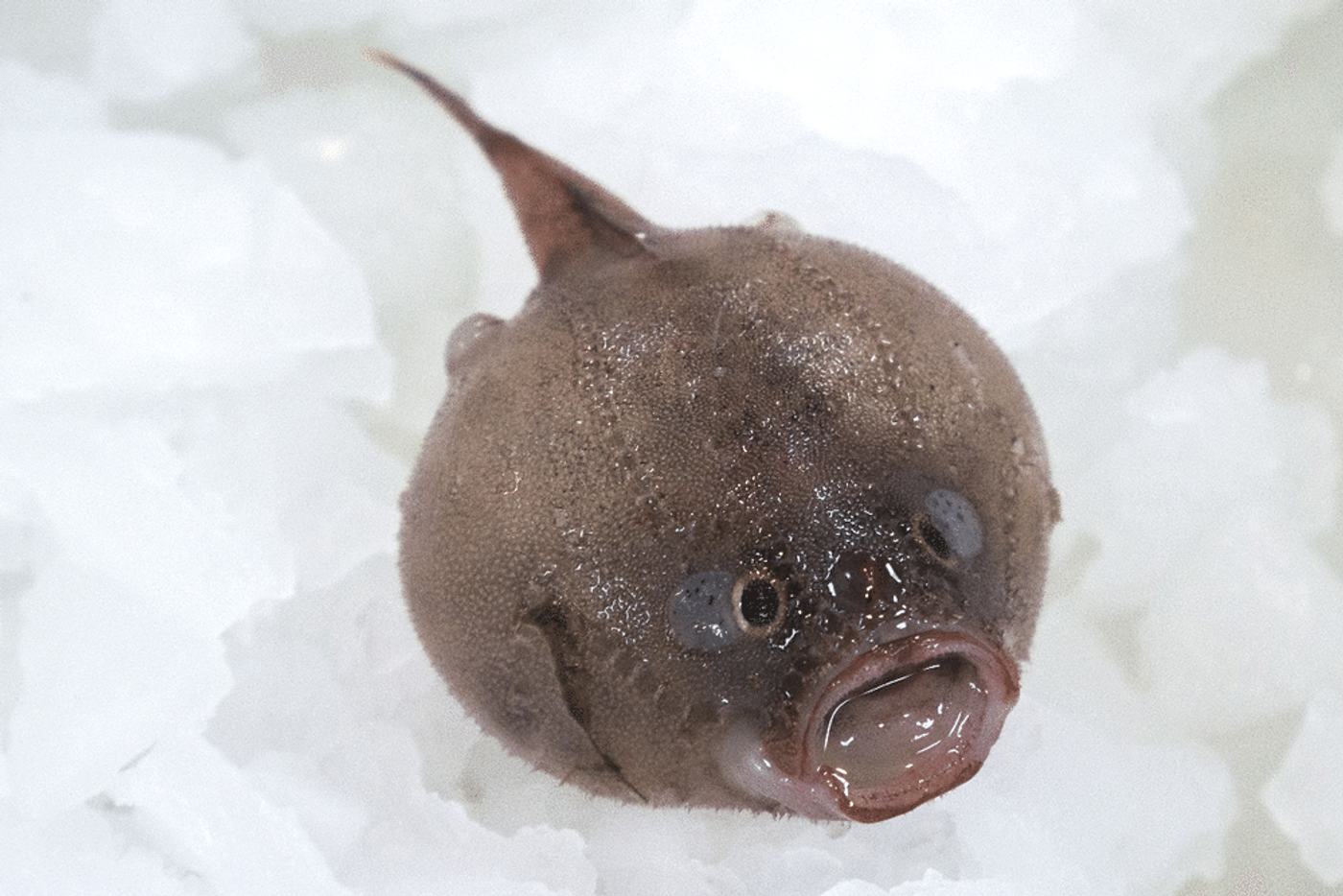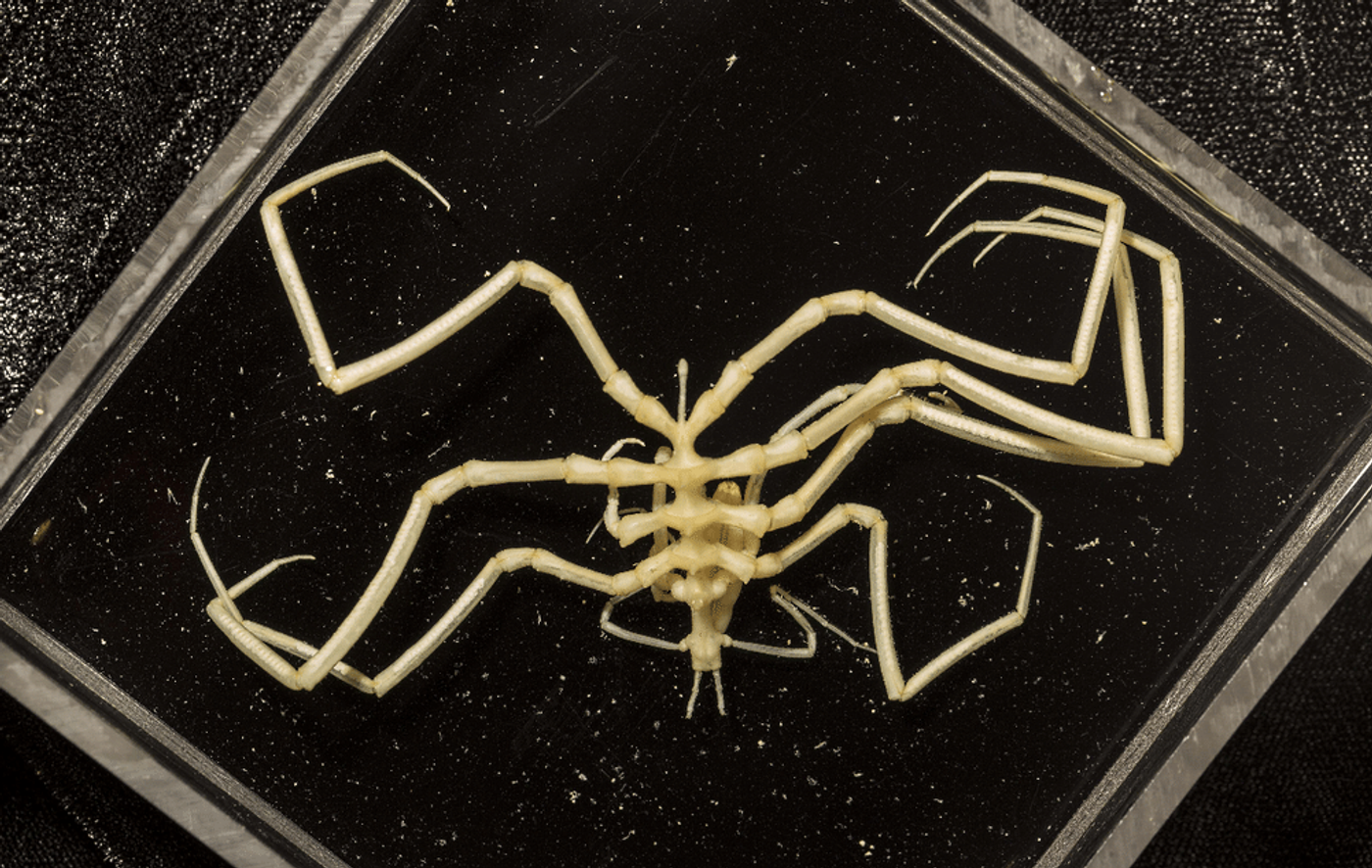Faceless Fish & More Odd Sea Creatures Found in Australian Deep-Sea Search
Scientists exploring the deep sea off of Australia’s Eastern seaboard have discovered a bevy of interesting new sea creatures; among them, a faceless fish that hasn't been seen since 1873, which ironically was also its first and only appearance.
Image Credit: Asher Flatt/CSIRO
The scientific voyage, which was given the name Sampling the Abyss by sponsor Museums Victora, originally set out to learn more about the mostly-unexplored parts of the ocean surrounding Australia, as well as to learn more about the effects of climate change and human pollution in the deep sea. On the other hand, experts involved in the expedition were enthused with the diverse range of wildlife they found there.
Using sonar to navigate their way forward as deep as 2.5 miles below the ocean surface, researchers kept their pace. Deep sea cameras and nets enabled the crew to survey the deep-sea life and learn more about what’s lurking out of sight and out of mind.
In addition to the faceless fish, the researchers also came across spiky red rock crabs, enormous sea spiders, coffinfish, carnivorous sponges, strange eels, and bioluminescent sea stars, among other things. Many of the creatures discovered at these depths are likely new animal species and have gone unnoticed for so long. Nevertheless, it was the faceless fish that grabbed the most attention from the internet; after all, how often do you see a fish that doesn’t have a face?
Some images are included below for your viewing pleasure:
Image Credit: Asher Flatt
Image Credit: Asher Flatt
Image Credit: Robert Zugaro
“The experts tell me that about a third of all specimens coming on board are new totally new to science,” Dr Tim O’Hara, the expedition’s leader, said. “They aren’t all as spectacular as the faceless fish but there’s a lot of sea fleas and worms and crabs and other things that are totally new and no one has seen them ever before.”
Related: 8 newly-discovered inhabitants of the deep sea
Many of the creatures are designed to withstand the crushing pressure and colder temperatures at these depths, as well as the lack of light food resources. Some adaptations include bioluminescence to see and a slow-moving lifestyle to conserve energy in these low-prey regions.
Since the expedition was not only to take notice of elusive wildlife, but also to learn about our impacts of climate change and pollution, the team made sure to note that they saw plenty of man-made pollution on the seafloor, including but not limited to plastic and cans, among other things that were littered into the ocean.
“There’s a lot of debris, even from the old steam ship days when coal was tossed overboard,” O’Hara continued. “We’ve seen PVC pipes and we’ve trawled up cans of paints. It’s quite amazing. We’re in the middle of nowhere and still the sea floor has 200 years of rubbish on it.”
It’s interesting to think that a place we’ve never explored before could be so tainted with our waste, but it happens because of ocean currents and gravity – things that begin at the ocean surface or at beaches eventually work their way under the water and down to the deepest parts of the ocean.
Related: World's deepest trench, polluted to extremes
For now, the voyage is still going on, and it won’t be over until June 16th. It ought to be quite interesting to see what else becomes of the expedition, whether it means more new sea creatures or just more trash under the water.
Source: Popular Science, Phys.org, The Guardian












